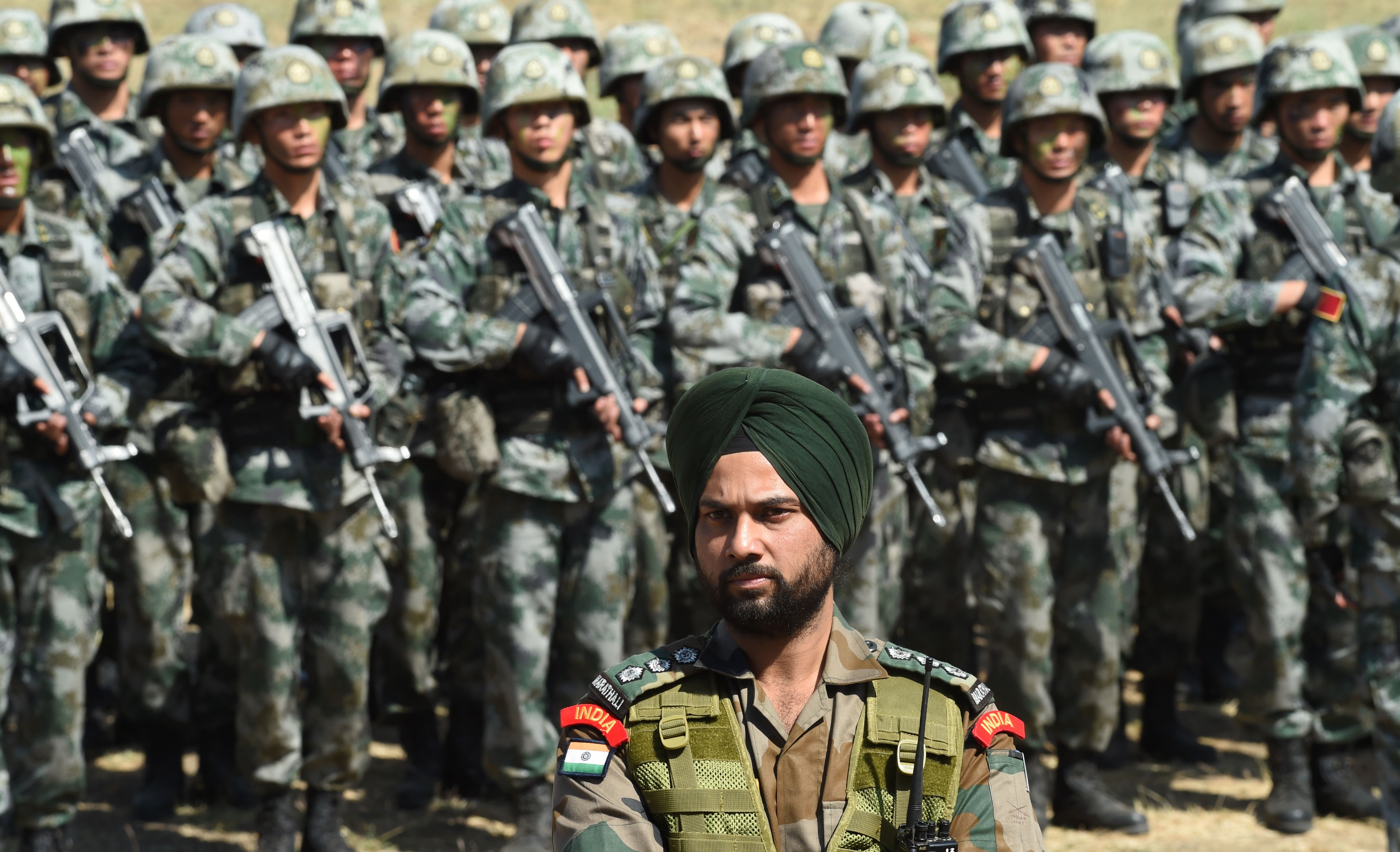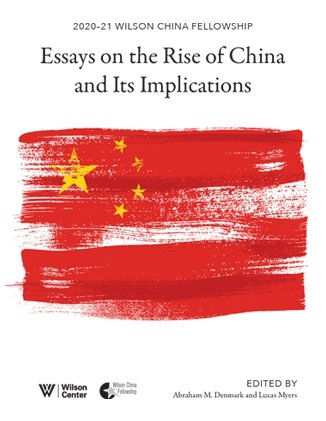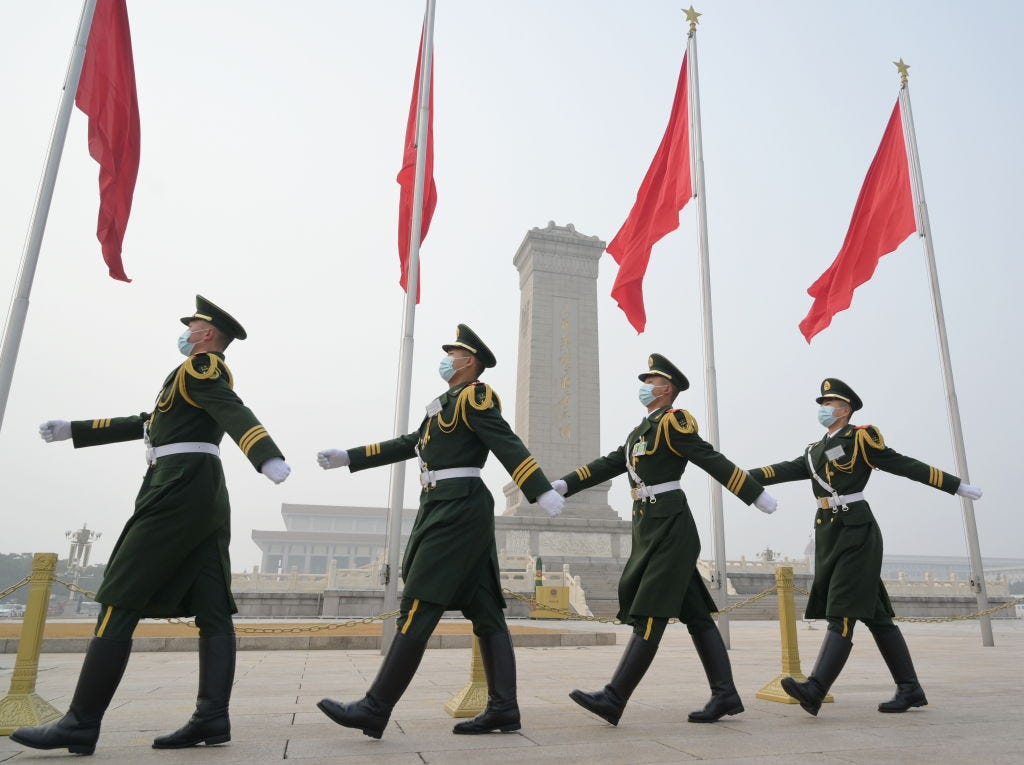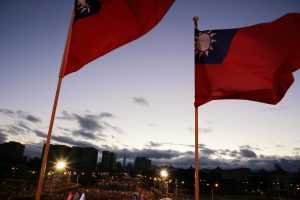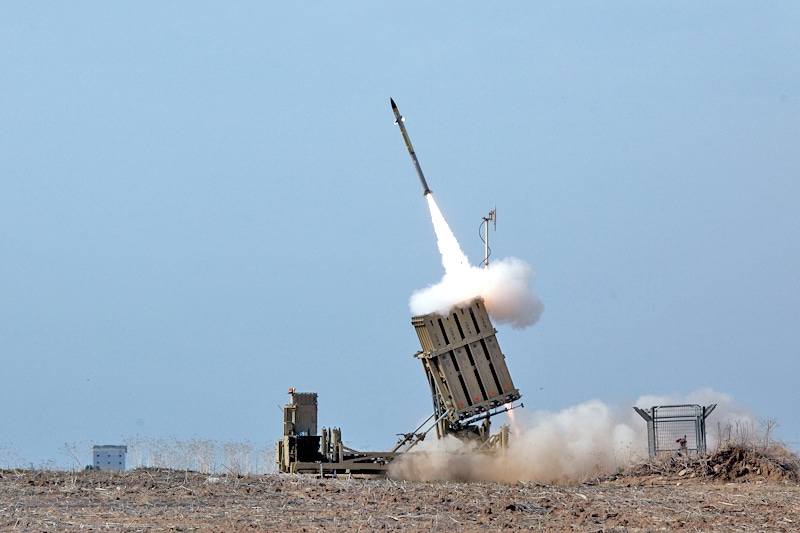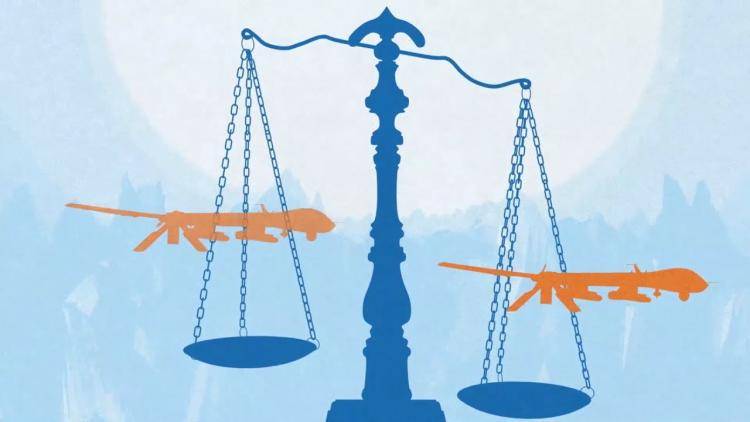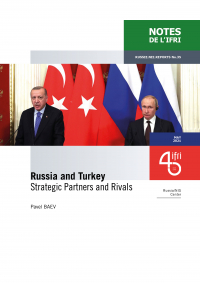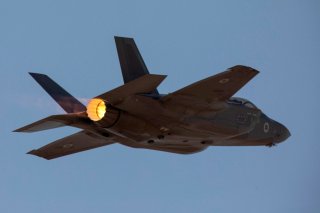ARZAN TARAPORE
The still-unresolved Ladakh crisis has created a new strategic reality for India, marked by renewed political hostility with China, and an increased militarisation of the Line of Actual Control.
This new strategic reality imposes unequal costs on India and China. India is likely to defer much-needed military modernisation and maritime expansion into the Indian Ocean — which would impair its ability to compete strategically with China.
In contrast, China incurred only marginal material costs; it was probably more concerned with the prospect of continued deterioration in its relationship with India. Even that cost was more threatened rather than realised, and largely reduced when the disengagement plan was agreed.
In May 2020, China launched several near-simultaneous incursions across the Line of Actual Control (LAC) in Ladakh, into territory hitherto controlled by India. Both sides reinforced their positions with tens of thousands of troops, engaged in a deadly skirmish, and reportedly came close to war. An agreement to disengage troops was announced in February 2021, but implementation has been halting. Regardless of how disengagement progresses, the crisis poses significant challenges for India’s long-term strategic competition with China.
As a result of the Ladakh crisis, India faces a new strategic reality in which China is a clear and abiding adversary. For India, the political relationship is now defined by hostility and distrust, and the LAC will remain more heavily militarised and violence-prone. Given this new reality, India is likely to further defer military modernisation and maritime expansion into the Indian Ocean. In the face of unremitting Chinese naval expansion, India risks losing significant political and military leverage in the Indian Ocean. At the same time, China appears to have escaped significant harm. Its better-resourced military could better absorb the material costs of the mobilisation. It may have been more concerned by the prospect of an increasingly hostile India, but the disengagement agreement has limited even those modest political costs.


